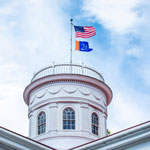
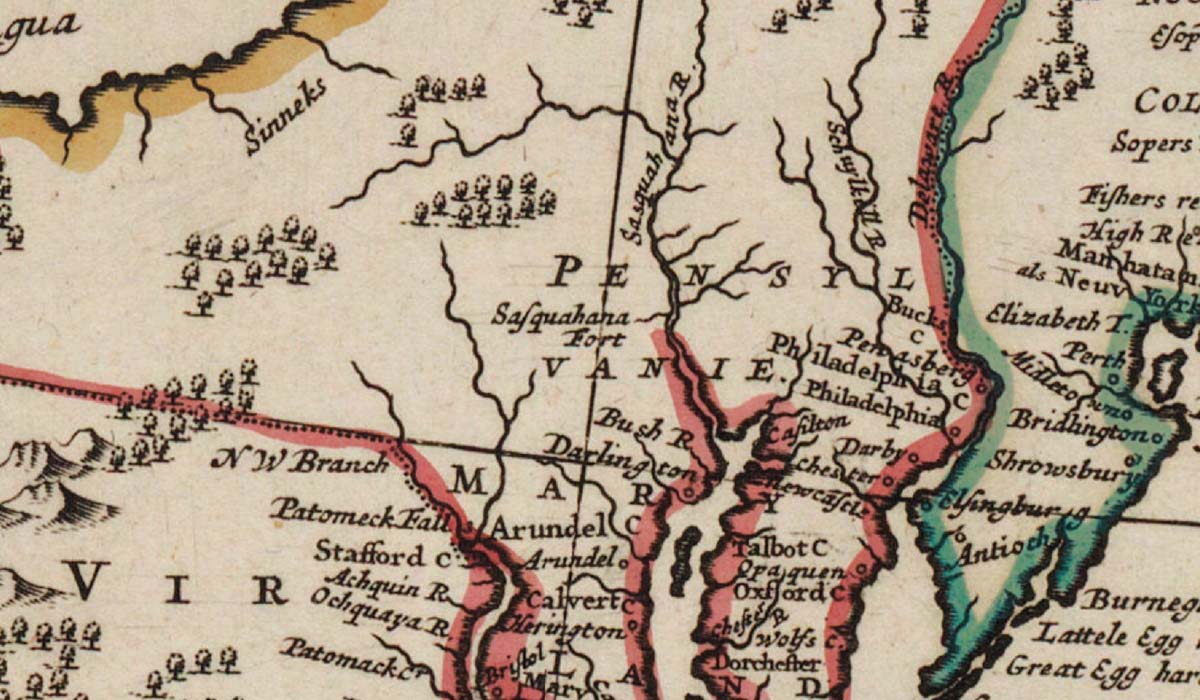
The land beneath and around Gettysburg College was—and still is to this day—home to various Indigenous nations. Throughout history, this historic region was used as a thoroughfare for travel and trade. In river-edge communities, the Seneca people would hunt, fish, and grow the Three Sisters—corn, beans, and squash. Along the Susquehanna River, the Conestoga tribe would live in wooden-framed longhouses, covered with bark. East of Gettysburg, extending into Adams County and the surrounding area, the Lenni-Lenape tribe would have been known among other nations as peacemakers and diplomats.
While Pennsylvania does not recognize sovereign land claims for any Native American nation, prior to settler colonization, this area was rich with distinct Indigenous cultures. Unfortunately, their histories, contributions, and lives are too often erased.
“We all know the history of the Battle of Gettysburg. I learned that in high school growing up in Pennsylvania,” said Katherine Mangione ’22, whose hometown of Doylestown, Pennsylvania, is less than a three-hour drive from campus. “What many of us were never taught in high school, and often still don’t know, is the Indigenous history of the land here and surrounding our campus.”
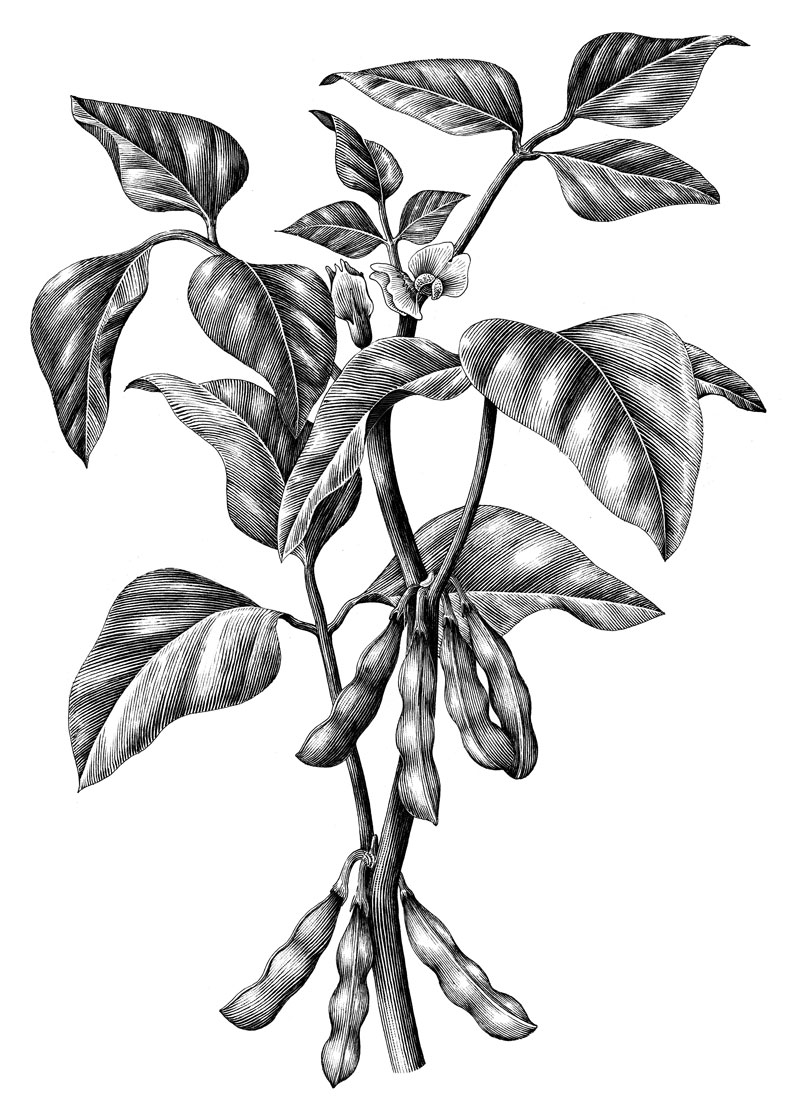
Interdisciplinary Studies Prof. Stephanie Sellers, who has taught at Gettysburg for 20 years and is a senior advisor on its Land Acknowledgement Committee, is the first faculty member in the history of the College to have a PhD in Native American Studies. For those unaware of Native American history, she recognizes this discipline could be difficult to discern.
“The shock is: ‘Why don’t I know this?’ ‘Why haven’t I heard of these things before?’ Those are compelling questions that students are bringing to me year after year,” Sellers said. “Thankfully, we have these amazing students at Gettysburg who are eager and open to learning and who are pushing to expand that knowledge outward.”
Mangione, a history major and religious studies minor, first learned of the deep Indigenous roots in and around Gettysburg College, as well as the violence of colonization, when she enrolled in Native American Religious Traditions with Religious Studies Prof. David Walsh. As a non-Native student, she was appalled while reading accounts of trauma from Indigenous voices and the ongoing issues affecting Indigenous communities.
“I wanted to do something,” she said.
Taking meaningful action
On campus, the Students for Indigenous Awareness (SIA) Club, advised by Walsh, currently has 56 members of both Indigenous and non-Indigenous backgrounds, including Mangione. It works to celebrate and empower Indigenous narratives and culture in the Gettysburg community and bring awareness of the adversities that Indigenous individuals and communities have faced and continue to face.
“The SIA was formed in 2016 because of our students,” said Walsh. “They wanted to be able to do something positive for the history of Gettysburg but also for the Indigenous body on campus and in the community.”
When current SIA leader Samuel Ventimiglia ’22 arrived at Gettysburg, he was looking to join a club that shared his passions for allyship. In high school, the Maryland native was a youth ambassador with The Tipi Raisers, a nonprofit that works to raise awareness of the conditions of the Pine Ridge Indian Reservation in South Dakota, empowering Native youth. After being introduced to SIA by a friend in his first year, he felt an urgency to encourage the Gettysburg community—students, alums, faculty, staff, and leadership—to join him in asking critical questions and engaging in positive action.
“The memory of Gettysburg’s Civil War history is drilled into our collective memory, but how often do we reflect on the history and continuing legacy of the Indigenous peoples who used to live on this land, who were unjustly removed, and who continue to have an active presence in the area?” asked Ventimiglia. “When we omit parts of history, we fabricate an ahistorical, yet powerful memory.”
Putting pen to paper
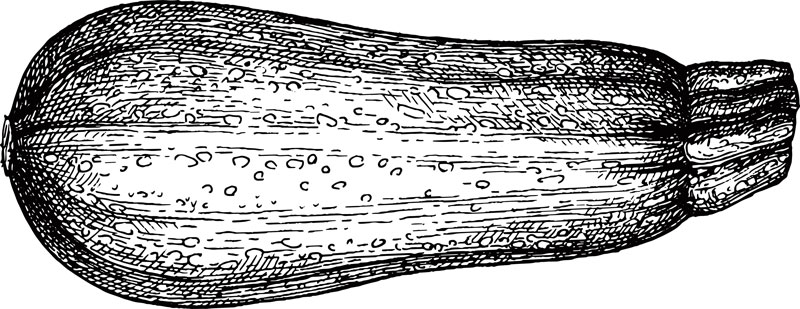
Last year, Gettysburg College released a Land Acknowledgement Statement to formally recognize that the land on which the campus sits is Indigenous land. The full Statement—written during the 2020-21 winter break by members of the College community, including then-SIA president Sydney Dranow ’21 and then-vice president Mary Kate Danberg ’21, Anthropology Prof. Kirby Farah, Indigenous students and alumni, and more—reads:
Gettysburg College is on unceded Indigenous land including the traditional homelands of the Susquehannock/Conestoga, Seneca and the Haudenosaunee Confederacy, Leni Lenape, and Shawnee Nations, and the connections of Indigenous Peoples to this land continue today. We have a responsibility to honor these connections and we strive to understand our place within the past, present, and future of this Indigenous land by reflecting on our relationships with the human and other-than-human relatives with whom it is shared.
This effort was years in the making, as the idea for this Statement was first introduced by the SIA club in 2016 under the leadership of SIA co-founders Samantha Trueman ’17, Kristy Garcia ’17, and Mary Margaret Blum ’18.
“We all took classes with Dr. Stephanie Sellers, who deeply inspired us to become activists for Native rights,” explained Trueman, who has Blackfoot ancestry. “As a forester and environmental activist, it means quite a lot to me to know that the original peoples of this land had intricate societies and advanced infrastructure, while still living harmoniously with nature. It’s imperative for people to comprehend the alternate possibility of a more sustainable society.
“Additionally, in order for people to truly comprehend and support Indigenous rights, we must collectively understand and name that the erasure of Native people has been systematically implemented through government legislature since the Euro-Americans’ arrival and continues to this day,” Trueman continued. “The SIA club and efforts like the Land Acknowledgement Statement help to build that understanding.”
In 2018, Keira Koch ’19 and Colleen Kazokas ’19 began garnering support for the project. Koch wrote the Statement’s first draft, which former chaplain Rev. Dr. Kristin Largen began incorporating into her Baccalaureate prayer. In October 2020, Largen invited Walsh to speak with the Interfaith Leadership Fellows, a group of Gettysburg College students that included SIA members, and following an engaging dialogue, Walsh and Largen joined others on campus to create an official College statement.
Together, with the help of Jeanne Arnold, the College’s chief diversity officer at the time, they established the Land Acknowledgement Committee—“a no-brainer” according to Environmental Studies Prof. Salma Monani, who teaches courses related to the environment and Indigenous communities. Through her current book project, “Indigenous Ecocinema,” which highlights the environmental dimensions of films by contemporary Canadian First Nations’ producers, Monani recognized that this attempt to understand Native history is global.
“Right now, there’s a really concerted effort—not just within academia but as a nation and beyond—to grapple with this notion of what kind of historical stories we’ve been telling and how they affect the present,” Monani said. “That’s really important. The Land Acknowledgement Statement is a means of getting a more accurate picture of this area, but also to acknowledge how that history is integral to the present.”
Samantha Karns ’23, who is Tuscarora and the voice of the Land Acknowledgement Statement in its video form, agreed that the Indigenous history in Gettysburg, Pennsylvania, is critical in understanding the history of the College.
“It helps us educate ourselves on the diverse history and cultures of Indigenous peoples, as well as understand the impact of colonialism both historically and currently,” Karns said. “As students at Gettysburg, it is important for us to know the history of the land that we are on because it is part of the history of the College, as well as the larger Gettysburg and Adams County area.”
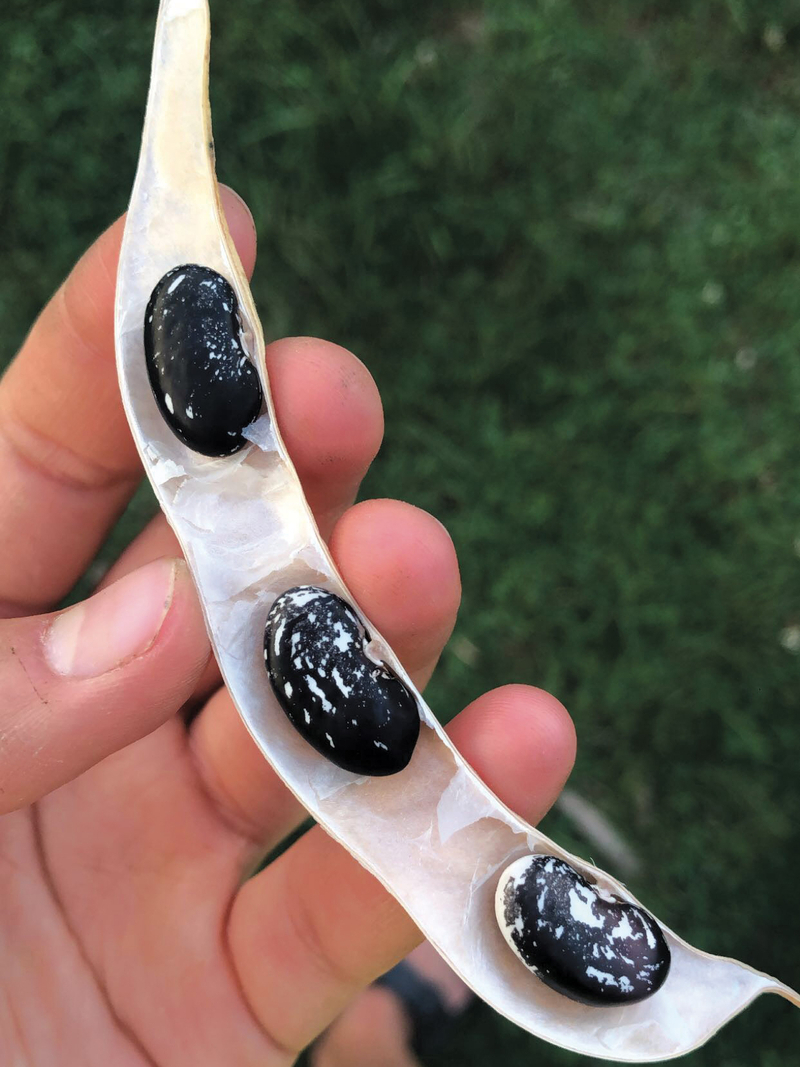
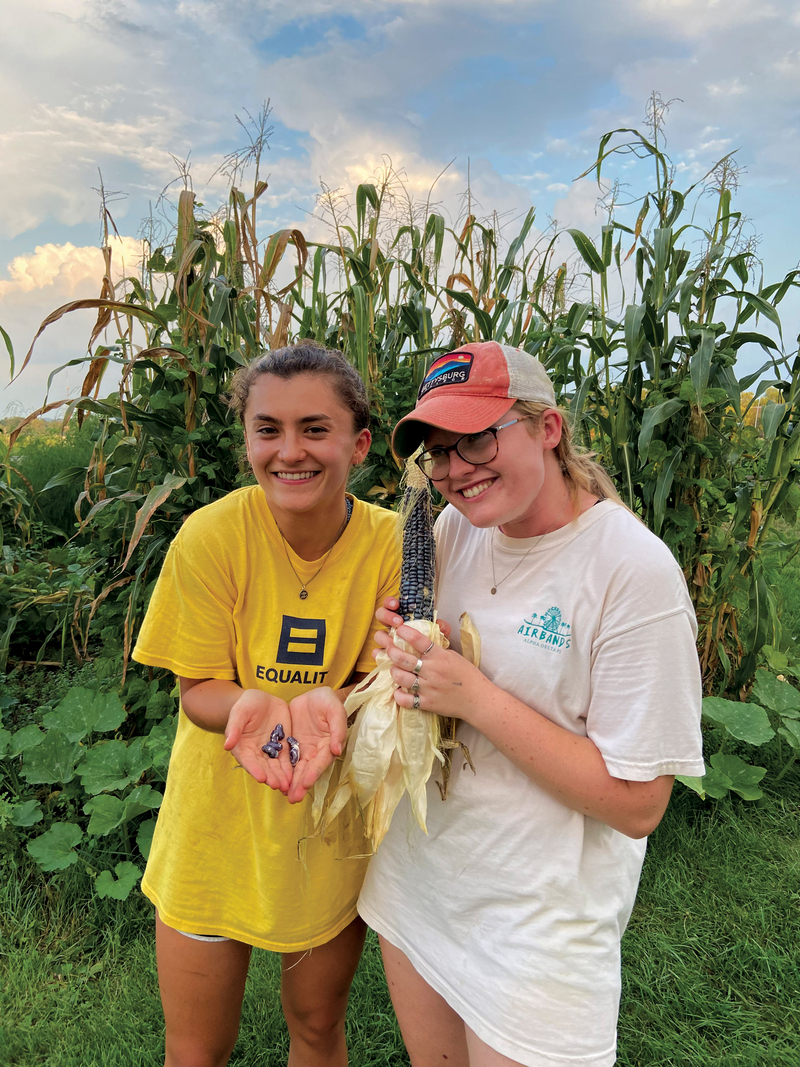
Educating the Gettysburg community
Publishing the Land Acknowledgement Statement was a step in the right direction. But ensuring it endures is pivotal. That is now the goal of the SIA. Since the release of the Statement, the student club has collaborated with other organizations and academic departments on campus to host educational discussions about Indigenous peoples in support of the Statement.
On Oct. 5, 2021, the club and committee co-hosted a panel on the presence and role of Indigenous peoples in Pennsylvania, featuring the creators of “Ghost River: The Fall and Rise of the Conestoga”—author Lee Francis IV (Laguna Pueblo), artist Weshoyot Alvitre (Tonga), project editor Will Fenton, and community advisors Sandi Cianciulli (Oglala Lakota), MaryAnn Robins (Onondaga Nation), and Curtis Zunigha (Lenape and former Chief of the Delaware Tribe of Indians). Their educational graphic novel shares the difficult history of the Conestoga people, who suffered heavy losses from disease and warfare after colonization, especially the 20 remaining tribe members in the state who were violently murdered in 1763 by white settlers.
“We must be careful that land acknowledgement statements don’t treat Native people as artifacts to study,” Sellers added. “Instead, we must ensure that they are including the living people today and moving forward deep conversations, awareness, and actions.”
Sustaining forward momentum
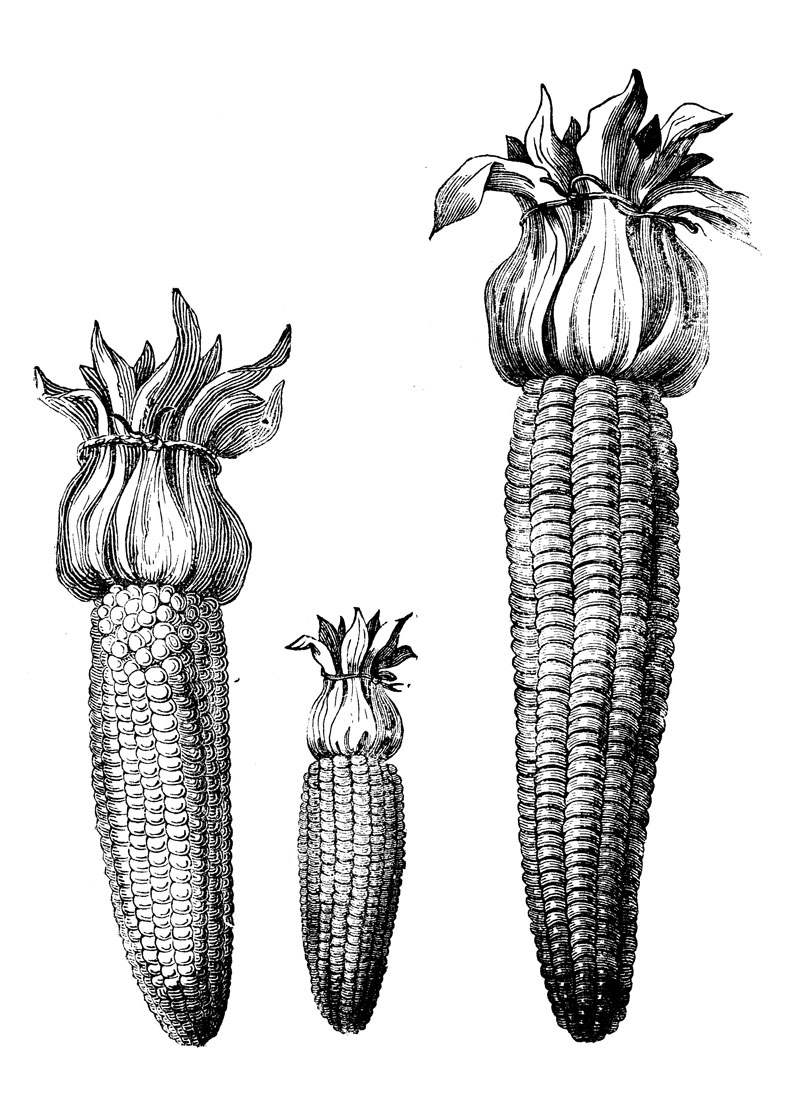
Bringing greater awareness to Gettysburg’s Indigenous history extends from the classroom into the community. In March 2021, the SIA club partnered with Musselman Library. Assistant Dean and Director of Scholarly Communications Janelle Wertzberger, a member of the Land Acknowledgement Committee, curated books about Indigenous identities and the histories of colonization, with an emphasis on Indigenous perspectives and authorship, as part of the Indigenous Identity on Colonized Land Virtual Collection. The College also began the practice of reciting the Land Acknowledgment Statement at marquee events, including Opening Convocation, the Midyear Graduate Recognition Ceremony, and Commencement.
The Painted Turtle Farm—a campus-community hub for food justice jointly run by the College’s Center for Public Service and community organization Casa de la Cultura, the latter which promotes the cultural rights of immigrants—also reads the Statement before every shift. The farm now honors the land’s Indigenous past by growing the “Three Sisters” with Native seeds, an initiative launched by Katie Mercer ’21. This gardening practice where corn, beans, and squash nurture each other is rooted in a Native American traditional story where three women helped their people thrive during a long winter when food was scarce. Mercer, the former program coordinator for the farm, envisioned the garden after reading the book “Braiding Sweetgrass” by Robin Wall Kimmerer, a botanist and member of the Citizen Potawatomi Nation, who will speak on campus on Sept. 19.
Through these efforts and more, members of our community feel inspired, including Sarah Gilsoul ’22, an environmental studies major from Utah who is advised by Monani. For her senior thesis, Gilsoul is creating a virtual story map that allows visitors to the College website to engage in a virtual tour of nearby Indigenous locations, including the sites of the Conestoga massacre and Painted Turtle Farm’s Three Sisters initiative.
“I will not be able to do justice to the living history here in just one year, so my hope is that this project will be a continuing and collaborative one,” said Gilsoul, who added that this project is just one small effort to continue an essential conversation.
To learn more about the Land Acknowledgement Statement, visit www.gettysburg.edu/land.
by Katelyn Silva
Posted: 06/01/22
